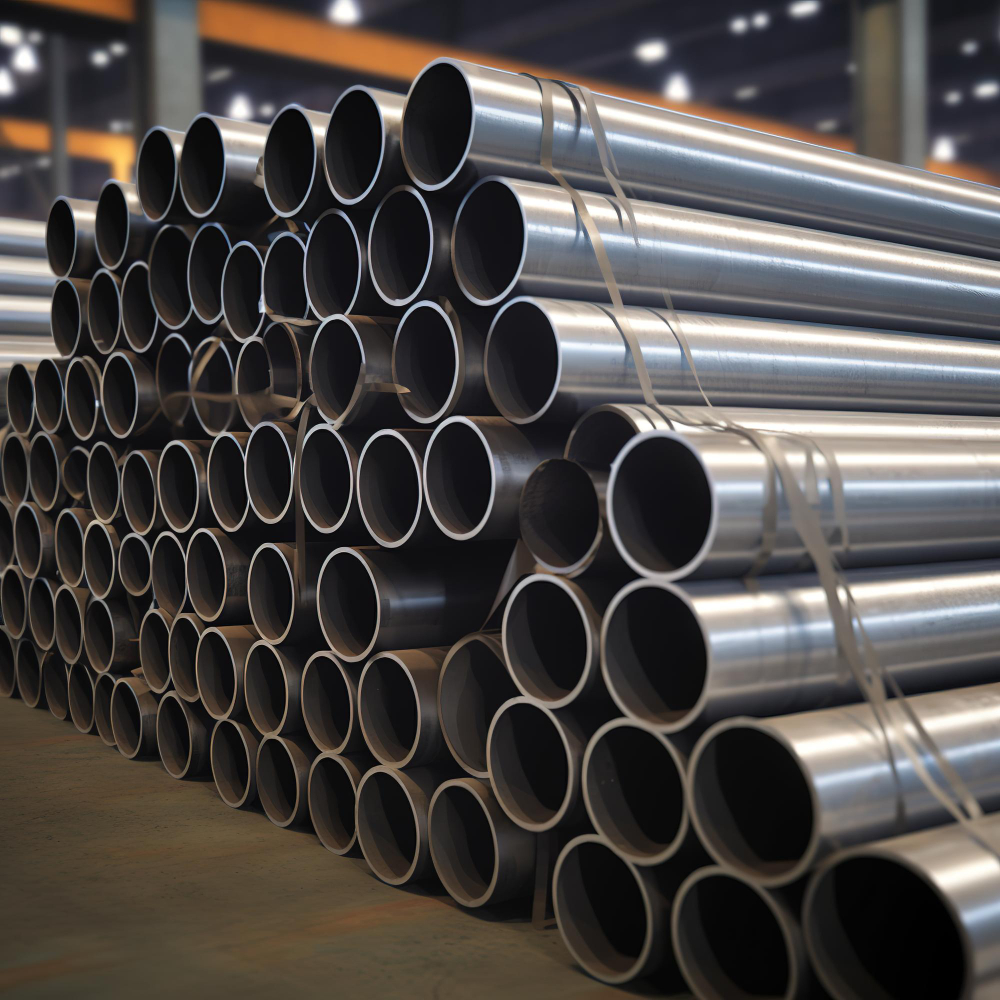
Dredging, an essential underwater excavation process, might not be the first thing that comes to mind when thinking about the world beneath our waterways. However, it plays a crucial role in maintaining our maritime infrastructure, safeguarding our environment and extracting valuable resources. Whether you’re navigating shipping channels, restoring eroding beaches or searching for efficient solutions in construction, understanding dredging is paramount. If you’re contemplating diving into this underwater world, watch for “used dredge pipe for sale” – a key component that can save money and enhance your projects.
The Nuts And Bolts: What Is Dredging?
Dredging is an underwater excavation process that involves removing or repositioning sediment from bodies of water. It serves various purposes, from clearing shipping channels to gathering construction materials. The process is performed using specialized machinery known as dredges. Modern dredging techniques may employ computer assistance, but the basic principles haven’t changed since the 19th century.
Mechanical Vs Hydraulic: Types Of Dredges
When it comes to dredges, two primary categories dominate the field: mechanical and hydraulic dredges. Mechanical dredges, like dipper and clamshell types, scoop up sediment from the water bottom and transfer it to waiting barges or disposal areas. These dredges usually come with large buckets for different kinds of sediment removal.
On the other hand, hydraulic dredges suck up a mixture of water and sediment from the bottom. Pipeline and hopper dredges are the key players here. Pipeline dredges have cutter heads that help break up the material, making it easier to transport through the “used dredge pipe for sale.”
All About Disposal: Where Does The Dredged Material Go?
After the dredging process, the material needs to be disposed of responsibly. Three common methods are widely utilized:
- Beach Renourishment: This method is the most public-friendly and involves placing dredged material on or near beaches to combat erosion.
- Ocean Placement: The material is released into a designated ocean area. This method often employs a dredge pipe to transfer the material.
- Confined Disposal Facilities: This technique involves storing dredged material behind dikes to isolate it from the surrounding area.
Cutting Through The Complexity: Cutterheads And Used Dredge Pipes
Pipeline dredges have gained significant attention because of their cutter heads. That mechanical device has rotating blades that help break or loosen material from the bottom. If you’re considering investing in this type of dredge, you may want to look for “used dredge pipe for sale” as a cost-effective option for your project.
The Role Of Hopper Dredges: More Than Just Storage
Hopper dredges differ from pipeline dredges in that they have large internal hoppers. These vessels suction material from the bottom and store it in their hoppers for subsequent disposal. It’s another reason why keeping an eye on used dredge pipes can be beneficial, especially for large-scale operations.
Making The Right Choice: The Importance Of Disposal Site Selection
Choosing the right disposal site for your dredged material is as crucial as choosing the right dredge. Whether you opt for beach renourishment, ocean placement or confined disposal facilities, each method has merits and considerations.
The Environmental Impact: Dredging As A Double-Edged Sword
While dredging is essential for maritime navigation, resource extraction and land reclamation, it also comes with environmental considerations. Dredging can disrupt aquatic ecosystems, redistributing sediment and potentially releasing pollutants trapped in the sediment. However, these impacts can be mitigated with proper planning and responsible disposal methods, such as using confined disposal facilities. If sustainability is a concern for your project, sourcing used dredge pipe for sale can be a way to minimize your carbon footprint while still achieving your dredging objectives.
The Future Of Dredging: Technological Innovations And Sustainability
As we move into the 21st century, the dredging industry is poised for technological breakthroughs that make the process more efficient and less environmentally intrusive. Advanced monitoring systems, GPS-guided dredges and improved sediment separation techniques are among the innovations that could redefine how dredging projects are executed. Incorporating these technologies can make your project more sustainable and effective. In line with this, the market for used dredge pipes will likely evolve, offering quality, tech-compatible options for forward-thinking enterprises.
Your Path To Superior Dredging Equipment
Ready to elevate your dredging game with top-quality equipment? Discover the unbeatable value of Bigfoot Pipe & Piling. Our name is synonymous with excellence in the industry, providing you with the tools you need for efficient, eco-conscious and cost-effective projects. Don’t miss out – take the first step toward success today. Explore our range of “used dredge pipe for sale” options and revolutionize your underwater endeavors.
